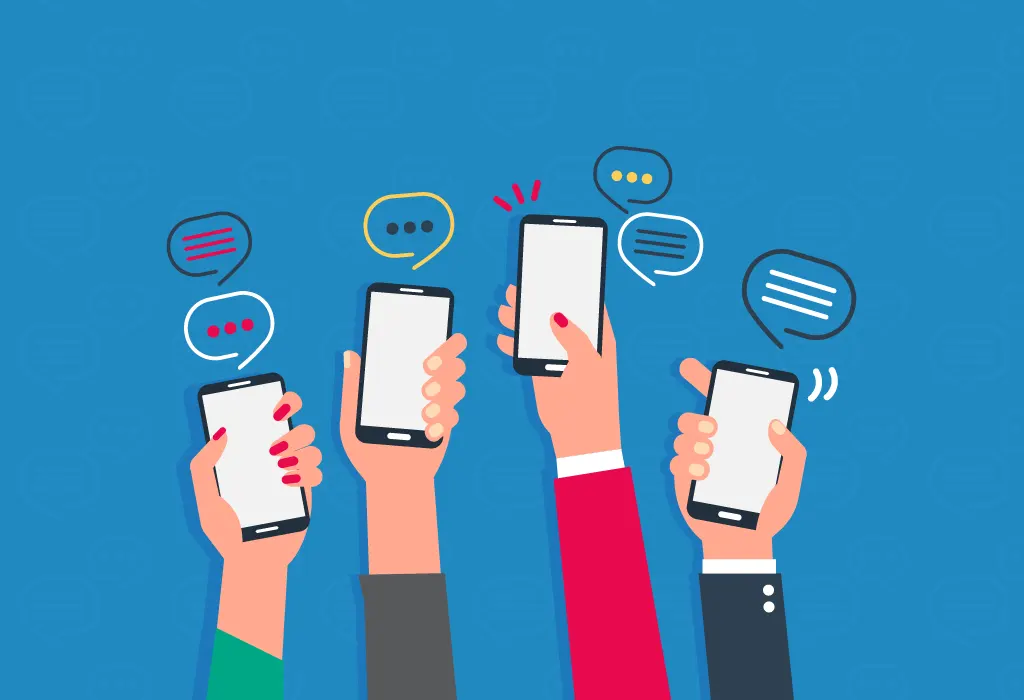A Quick Guide to Using Emojis in Your Multichannel Marketing
A Quick Guide to Using Emojis in Your Multichannel Marketing

Emojis began as a way to communicate emotions via text message, but they have since become so much more. From Harvey Ross Ball's smiley face to the first set of 176 emojis released in 1999, these tiny pictograms have taken on a life of their own.
And as the popularity of emojis has grown, so too has their usage in marketing and advertising. Emoji-based campaigns have been used by brands like Coca-Cola, Gatorade, and McDonald's, to name a few. Emojis have traveled far and wide from their texting roots and are now being used in all sorts of marketing materials, from social media posts to email subject lines.
However, without some preparation, you could find yourself in an emoji marketing fail. So, before you start using emojis in your marketing campaigns, check out our quick guide below on how to use them effectively.
Advantages and Shortcomings of Using Emojis
Emojis are part of a global language that transcends verbal and written communication. They are designed to be understood by most people, regardless of language or culture. However, some caution is required because as with all languages, there’s room for misinterpretation and regional differences. This could be problematic for cultures that have different interpretations of certain emojis. As one example, the "thumbs up" emoji is seen as a positive in Western cultures meaning ‘ok’ or ‘I agree’ but can be seen as an obscene gesture in some other countries.
As long as you understand your target audience well, emojis can be a great way to reach a global audience. They can help humanize your brand and add personality to your marketing materials and allow you to better connect with your target audience as they stand out more than traditional text-based messages.
Emojis also have a high engagement rate on social media. In fact, tweets with emojis are more likely to be retweeted than those without. In email marketing, emojis can also improve open rates. A study by Experian found that using an emoji in the subject line increased open rates by 56%!
How to Use Emojis in Your SMS or Email Marketing Campaigns
Now that we've gone over the advantages and disadvantages of using emojis in marketing, let's look at how you can use them in your WhatsApp, email and SMS marketing campaigns.
1. Keep it simple

Don't go overboard with the emojis. Use them sparingly to punctuate your message rather than replace words entirely. Limiting yourself to two emojis per message is a good rule of thumb.
2. Know your audience. Know your brand
Is your brand an emoji brand? Are your audience emoji people? Before you start using emojis in your messaging, it’s important to consider whether it's appropriate for the messages you are trying to convey. One one the biggest pitfalls of using emojis is that they appear inauthentic or out of place. Consumers can smell inauthenticity a mile away, and what works well for a clothing brand is unlikely to suit an insurance broker. Your emojis should be relevant to your message and your brand. If you're not sure which emojis to use, take a look at this list of the most popular emojis by country.
3. Test, test, test
Before you send out your emoji-laden marketing message to your entire list, send it to a small group first to see how it performs. You can A/B test using different combinations of emoji (or none at all) and across different channels to see what resonates best and generates better interaction. Testing is essential to any effective multichannel marketing campaign and that includes emoji usage.
4. Monitor your results
Once you've launched your campaign, keep an eye on your results. Check your open and click-through rates to see if using emojis had any effect on your metrics. By studying the metrics you can make tweaks to your next campaigns and make them even more effective.
Conclusion
Nearly everyone has used an emoji at some point to communicate with friends, family or colleagues over instant messaging, email or SMS. And as the popularity of emojis has grown, so too has their usage in marketing and advertising.
Emojis are a global language that can help you reach a wider audience than using text alone. They can be widely understood regardless of language or culture. As long as you keep it simple, use relevant emojis, stay authentic to your brand and test your campaigns before sending them out, you can use emojis to reach a diverse audience and better connect with your target customers.
Related articles

09 November 2022
How Accurate Reporting Can Drive Your SMS Marketing to New Heights
Read more



